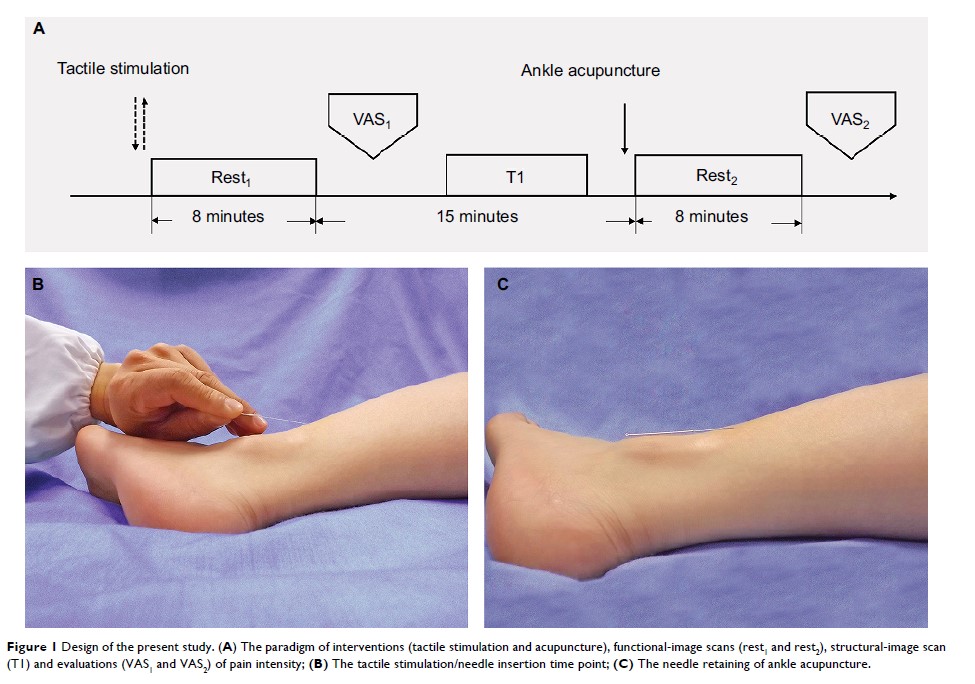108605
论文已发表
注册即可获取德孚的最新动态
IF 收录期刊
- 3.4 Breast Cancer (Dove Med Press)
- 3.2 Clin Epidemiol
- 2.6 Cancer Manag Res
- 2.9 Infect Drug Resist
- 3.7 Clin Interv Aging
- 5.1 Drug Des Dev Ther
- 3.1 Int J Chronic Obstr
- 6.6 Int J Nanomed
- 2.6 Int J Women's Health
- 2.9 Neuropsych Dis Treat
- 2.8 OncoTargets Ther
- 2.0 Patient Prefer Adher
- 2.2 Ther Clin Risk Manag
- 2.5 J Pain Res
- 3.0 Diabet Metab Synd Ob
- 3.2 Psychol Res Behav Ma
- 3.4 Nat Sci Sleep
- 1.8 Pharmgenomics Pers Med
- 2.0 Risk Manag Healthc Policy
- 4.1 J Inflamm Res
- 2.0 Int J Gen Med
- 3.4 J Hepatocell Carcinoma
- 3.0 J Asthma Allergy
- 2.2 Clin Cosmet Investig Dermatol
- 2.4 J Multidiscip Healthc

岛叶低频 BOLD 信号振荡反应与慢性腰痛患者踝关节即刻镇痛相关
Authors Xiang A, Yu Y, Jia X, Ma H, Liu H, Zhang Y, Rong J, Liu S
Received 1 October 2018
Accepted for publication 18 January 2019
Published 28 February 2019 Volume 2019:12 Pages 841—850
DOI https://doi.org/10.2147/JPR.S189390
Checked for plagiarism Yes
Review by Single-blind
Peer reviewers approved by Dr Justinn Cochran
Peer reviewer comments 2
Editor who approved publication: Dr Michael Ueberall
Purpose: The
present study evaluated the modulation effect of a painless acupuncture
technique, ankle acupuncture (AA), on resting-state functional change in
patients with chronic low back pain (CLBP).
Patients and methods: Fourteen
participants diagnosed with CLBP received AA and underwent one brain functional
image scan after tactile stimulation and another one following the insertion of
the needle. The needling sensations and clinical pain intensities were
evaluated after the end of each functional image scan. The significance levels
of Visual Analog Scales/Scores (VASs) before and after acupuncture were
determined using paired t-test. The brain areas showing differences in the
amplitude of low-frequency fluctuation (ALFF) and fractional ALFF (fALFF)
between the two scans were identified. We also explored the relationship
between mean ALFF values in brain areas identified and VAS scores based on
Pearson correlation coefficient.
Results: A
complete-case analysis was performed on 12 participants. Neither different
needling sensations nor any local sensations during the two scans was found.
The clinical findings indicated that the scores of VAS scores were
significantly lower after AA intervention (P <0.001). Compared with those after tactile
stimulation, ALFF decreased in the left insular and increased in the left
precuneus and right precentral gyrus, and fALFF decreased in the left insular,
during retaining of AA (corrected). Moreover, there was a positive correlation
found between mean ALFF change in the left insular and that of VAS values (P <0.05).
Conclusion: The
present study demonstrated the low-frequency BOLD signal oscillation response
in the left insular in brain activity was associated with an immediate
analgesia of AA in patients with CLBP, which provides new insights into intrinsic
connections between low-frequency brain signals and analgesic effects of
acupuncture.
Keywords: ankle
acupuncture, low-frequency fluctuation, insular, chronic pain
